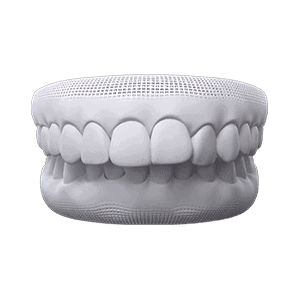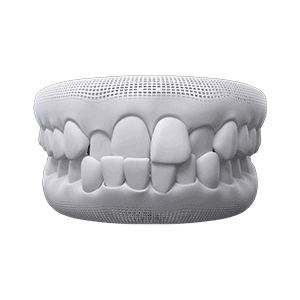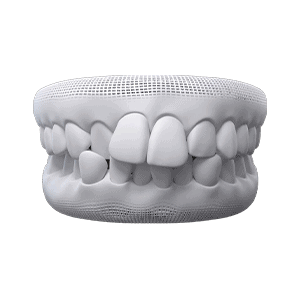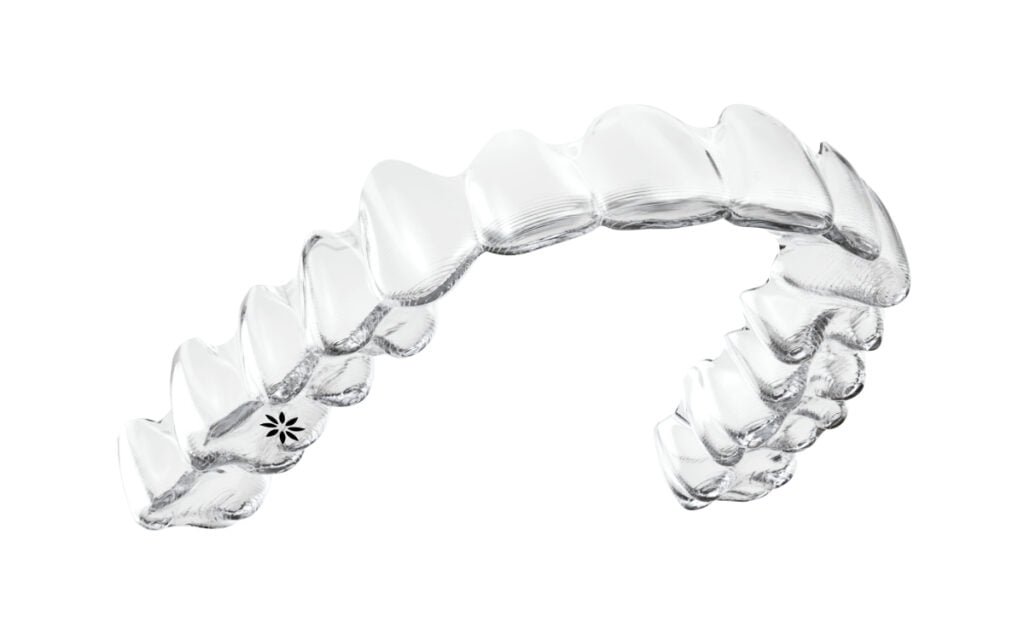Invisalign Aligners
What is Invisalign Treatment?
- Transparent – They are virtually invisible.
- Removable – They facilitate eating, drinking, and oral hygiene.
- Comfortable – They lack metal wires or brackets that can cause cuts or irritation.
- Convenient – They typically result in faster treatment times with fewer dental visits.
Schedule your visit
Request an appointment with our dentist today!
What Oral Issues Can Invisalign Aligners Correct?

Underbite
Invisalign treats underbites, where lower teeth extend past upper teeth, to improve chewing, speaking, and reduce decay risk.

Overbite
Invisalign corrects overbites, where upper teeth protrude too much, enhancing facial balance and oral health.

Open Bite
For open bites, where upper and lower teeth don't touch, Invisalign allows for better bite function and can improve speech.

Crossbite
Custom Invisalign aligners resolve crossbite issues, where upper teeth sit inside lower teeth, preventing uneven wear and gum disease.

crowded teeth
Invisalign aligners straighten crowded teeth, improving their appearance and ease of cleaning by applying gentle pressure over time.

Gap Teeth
Invisalign closes gaps between teeth, which can trap food and lead to decay, creating more uniform spacing.
Invisalign Treatment Process in 3 Steps
Consultation & Planning
Custom Aligners
Progress & Completion
How much does Invisalign cost?

Invisalign FAQs
Aligners are typically made of a clear, thermoplastic material that is custom-made to fit over your teeth that resemble teeth-whitening trays.. They are virtually invisible when worn, making them a popular choice for those who want a discreet orthodontic treatment option.
During treatment, you’ll get a series of aligners for gradual tooth adjustment. Each stage targets specific teeth predetermined by your doctor. Invisalign controls force and timing when aligners shift your teeth. Every two weeks, you’ll switch to the next aligner set to progress the straightening.
While Invisalign can be used with virtually any treatment philosophy, special training is required. All orthodontists and dentists interested in treating patients with Invisalign must attend training to become qualified and proficient in the various requirements for treating patients before treatments will be accepted from their office. More than 82,000 dentists and orthodontists worldwide are already trained to treat patients using Invisalign.
A significant number of adults opt for orthodontic treatment; nearly one-quarter of orthodontic patients are adults. Traditional braces gain acceptance among both adults and children, yet Invisalign presents an excellent alternative for adults seeking a more discreet solution.
Please consult with your dentist to discuss your specific case in order to determine if you’re an ideal candidate for Invisalign treatment.
No. The aligners must be in place a minimum of 20 to 22 hours a day for the treatment to be effective.
Smoking is discouraged while wearing aligners because it is possible for the aligners to become stained or discoloured.
The best way to clean your aligners is by brushing and rinsing them in lukewarm water and using the Invisalign Cleaning Crystals or special cleaning tablets. It’s important that you brush your teeth after each meal and prior to re-inserting your aligners to maintain proper hygiene.
Wearing a retainer post-orthodontic treatment is crucial to maintain teeth alignment. Follow your Invisalign Provider’s advice for using a retainer, often starting with your last aligner. Consult them for long-term retention plans.


